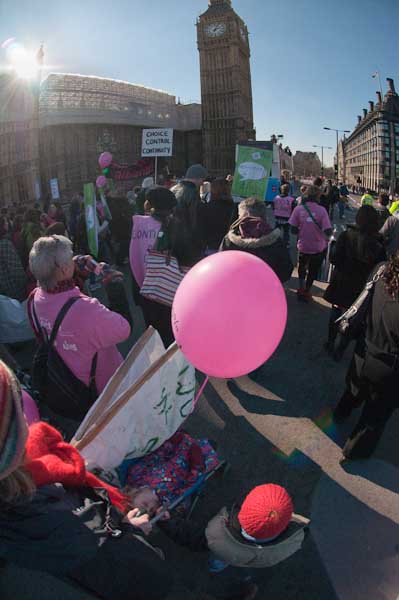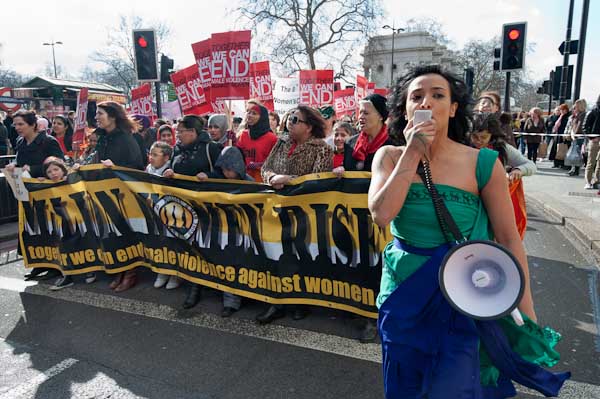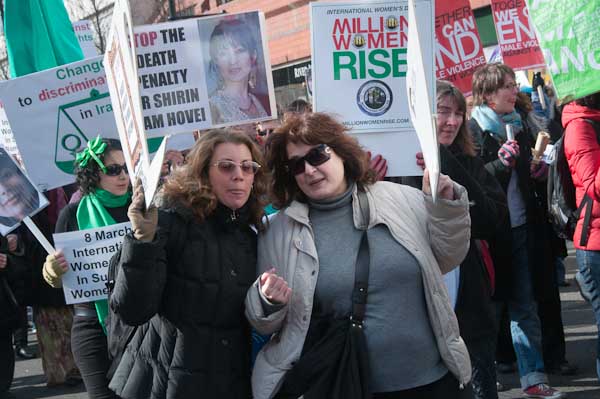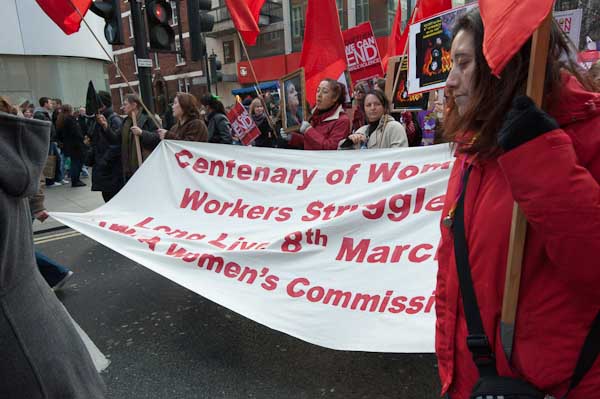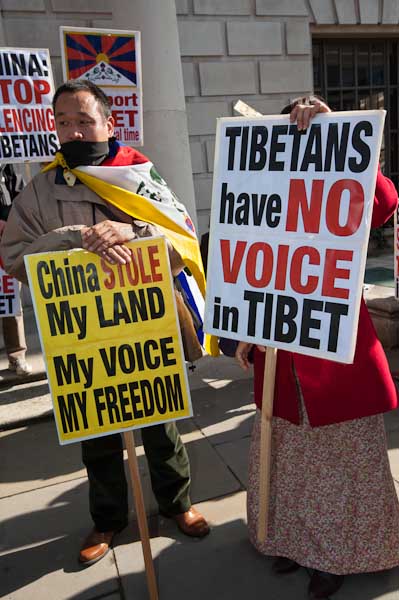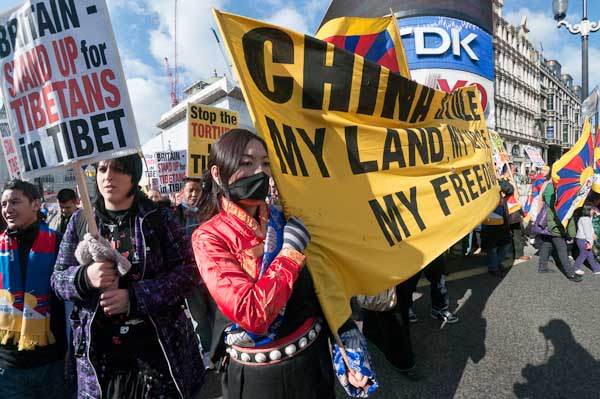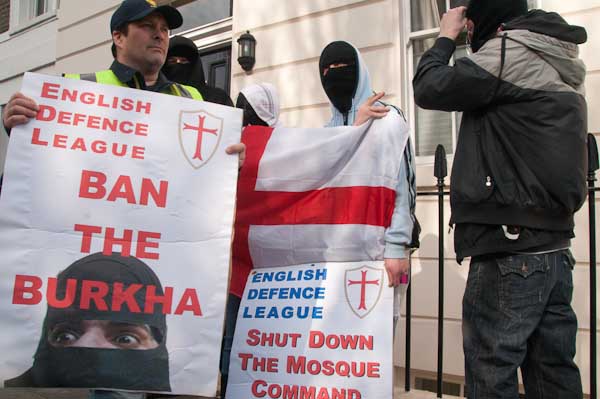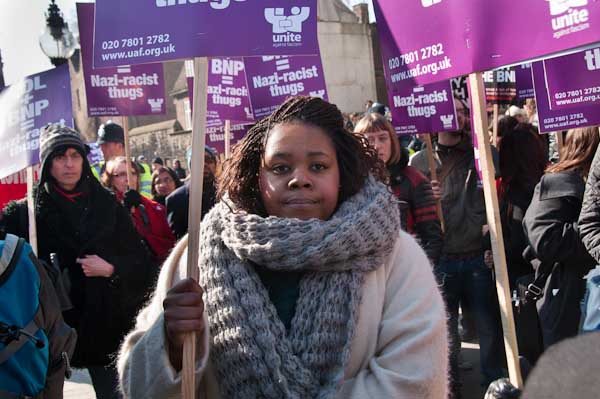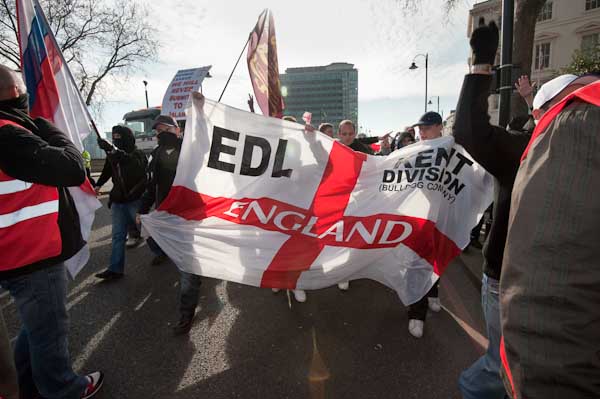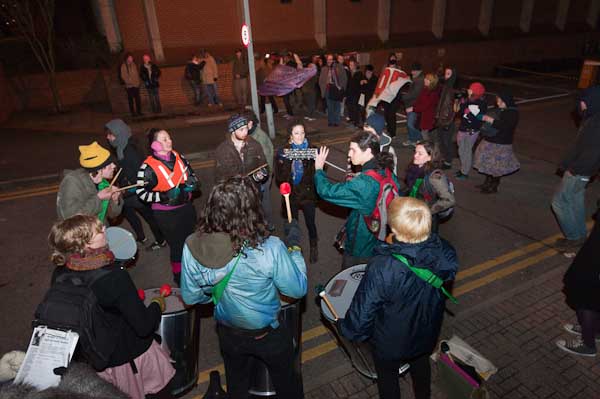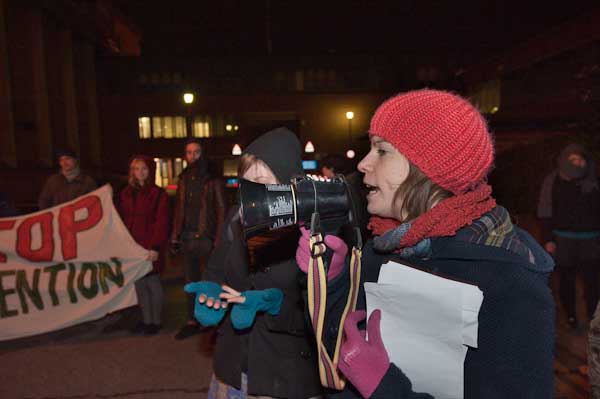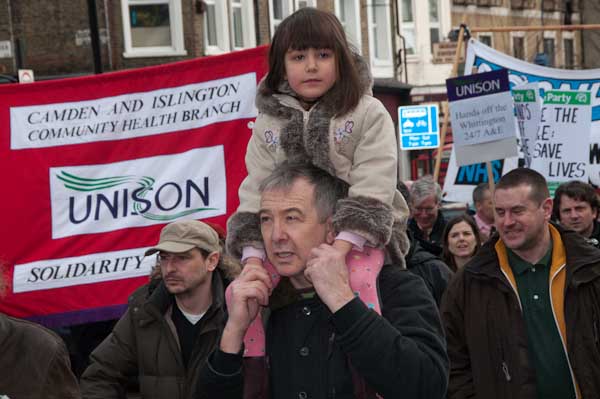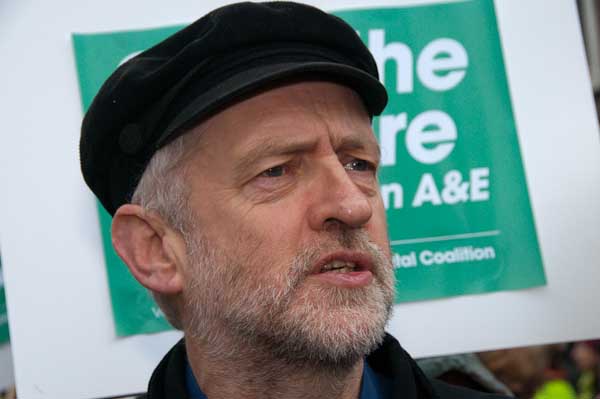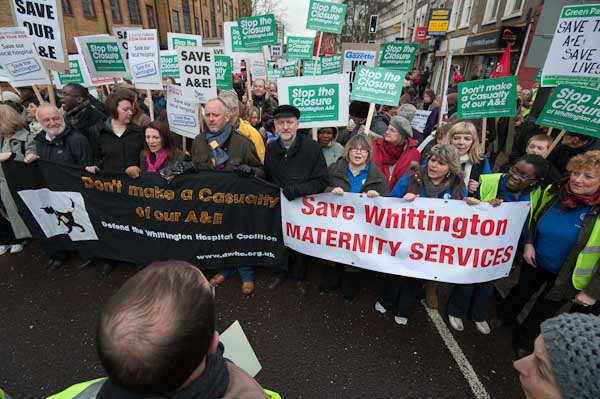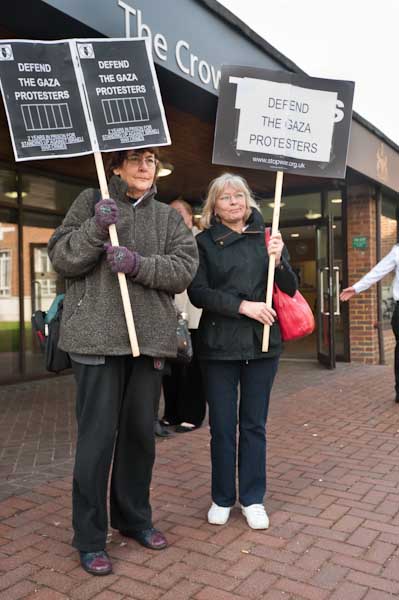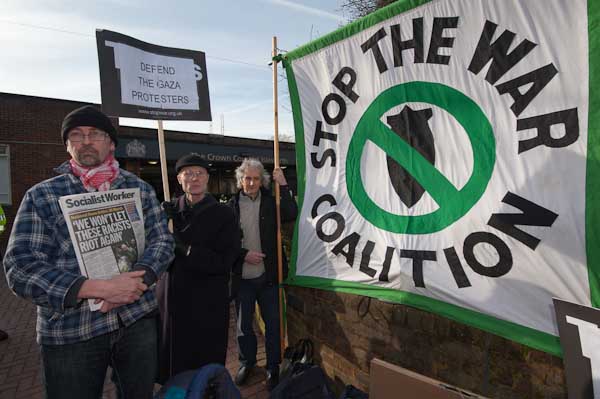Talking to a doctor friend as I was working on the pictures that I took at the ‘Reclaiming Birth‘ march in London at the start of the week of International Women’s Day, he reminded me that one of the major aims of campaigners around this year’s events was to provide increased medical care for women while they gave birth, in order to cut down the number of women and children who die during childbirth. The call is for increasing medicalisation – and in particular more doctors, more hospitals.
But here in the UK, the emphasis is rather different, because we have come to see the limits of the purely medical approach and campaigners are seeking to again give the women who are obviously at the centre of things a greater say in how they give birth and to centre the services provided around them, providing information, advice and support through the whole period of pregnancy, birth and baby care. Independent units such as the Albany Midwifery Practice based in Peckham, whose contract with Kings College Hospital was recently terminated, have provided models of best practice, achieving significantly better outcomes and highly satisfied mothers, many of whom were on the march, together with their children.
You can see the pictures and read more about the event in Mums and Midwives Reclaim Birth on My London Diary.

Photographically the real problems were that almost everything about the march was the wrong way round. At the start of the march as people moved from Geraldine Mary Harmsworth park where they had gathered out on to the road the sun was shining strongly more or less directly into my lens as I tried to take pictures, and the same was true at the end of the march as it came up Whitehall for the rally. And when I photographed the march going over Westminster bridge with the Houses of Parliament in the background, all the marchers had their backs to me.
The sun, still low in the sky although we are approaching the Spring equinox, was a big problem. The lens hoods on wide-angle zooms are never very effective, and as usual I was doing the usual trick of trying to hold my left hand in the appropriate place to cast a shadow on the lens. Tricky to do and impossible to avoid getting the odd frame with fingers in the top that need to be cropped out. Of course where possible I look for something in the scene that will act as a shade – perhaps a handy sign or even a placard or banner.
People walking towards you with the sun behind them will of course have their faces in shade, and you seldom have the luck to find a natural reflector that will put light into those shadows. The SB800, set to auto-fill at -2/3 or -1 stop is a great help, though it risks over-exposure when subjects get close to the camera, and if I remember I’ll dial in a matching -2/3 stop to the ambient exposure set on the camera, which doesn’t seem to compensate itself for the extra light from the flash.
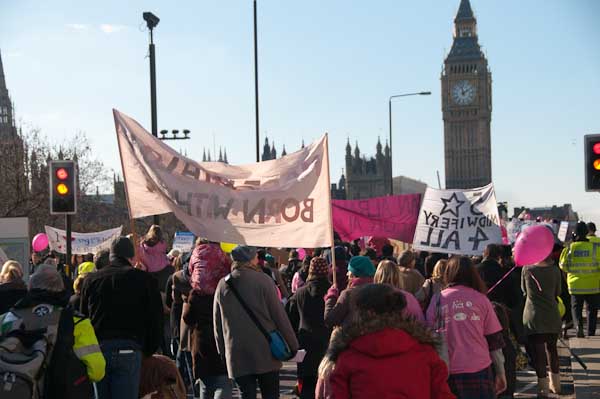
Seeing only people’s backs as they walk towards Westminster is a harder to fix. Occasionally I ask people to turn round or look back over their shoulders, although I don’t really like posing them at all. Sometimes people decide themselves to pose and I’ll take advantage of this – as I did with the two women with their banner from Swansea. But I also had another idea which was to make use of the more than 140 degree horizontal coverage of the 10.5mm full-frame fisheye.
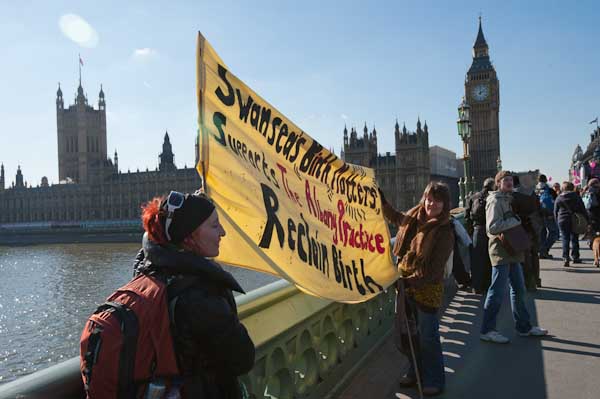
From exactly the right place above and slightly in front of someone’s head, this lens should make it possible to see their face (though from a rather odd angle ) and also the view in front of them. Although it should work in theory, in practice it is a little trickier to perform. My ideal camera position would have me floating horizontally face down in mid air above them around 2 metres or slightly more above the ground, but I couldn’t see an easy way to do this.
The approach I tried – not entirely successful – was to walk just a few inches behind the person I was trying to photograph and a few inches to one side, holding the camera up at arm’s length and slightly forward. Since the 10.5mm is a digital format only lens, I had it on the D300 and one of the annoying small things missing from that body is an eyepiece blind. So while one hand is holding the camera to press the shutter, the other has to be on the camera back covering the eyepiece otherwise the light entering there will mess up the exposure reading and give severely underexposed results. (Had I thought a little more carefully I would have put the camera on to manual exposure, when this particular contortion would not have been needed.)
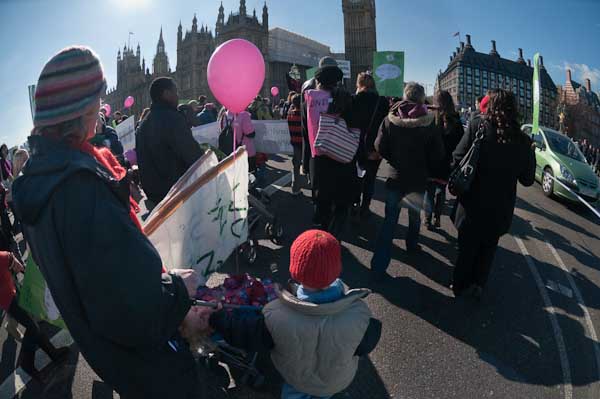
As you can see I couldn’t quite get the camera in the place I wanted – it isn’t far enough forward to show the woman’s face, although it does just manage the child in the push chair. I’d really need to mount the camera on a monopod and use a wireless release, and getting the orientation right would be extremely tricky.
I took quite a few frames (probably resulting in a rather worried woman) using both portrait and landscape orientation and the pictures are at least a little different. As often with a lens with such a wide angle of view the sun was also a little of a problem – and in this frame it was only just outside the picture where you can see the light area. In the vertical version it is actually in the frame, which as you can guess made processing this image near impossible – and there is an interesting piece of colour on the pavement.
